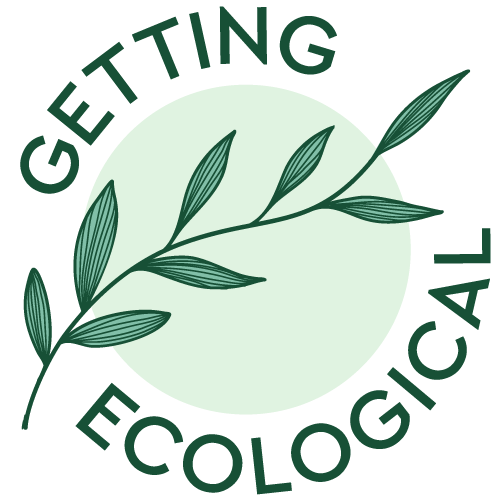A spotless house can feel great, but when cleanliness comes at the expense of our health and the environment, it’s time to reconsider our cleaning routines. Conventional cleaning products often contain harmful ingredients that can cause respiratory and skin irritation.
Furthermore, they contribute to indoor air pollution by releasing volatile organic compounds (VOCs), some of which are linked to serious health issues. Additionally, the disposal of these products and their packaging can lead to pollution of waterways and contribute to the global plastic waste crisis.
The Environmental Impact of Conventional Cleaning Products
As we aim for a cleaner home, we still need to be aware of the environmental consequences of conventional cleaning products. Ingredients such as ammonia, chlorine, and various chemicals not only pose risks to our health but also have far-reaching effects on the planet. When washed down the drain, these chemicals can pollute waterways, harming wildlife and ecosystems. Moreover, the extensive use of plastic packaging in the cleaning industry contributes significantly to the mounting plastic waste problem.
However, the good news is that the tide is turning. With consumers increasingly conscious of the potential dangers associated with conventional cleaning products, there’s growing pressure on companies to adopt eco-friendly practices. The green household cleaning market is expanding rapidly, with a projected value of $398 billion by 2027, indicating a positive shift towards sustainability.
Choosing Environmentally Friendly Cleaning Products
Third-Party Environmental Certifications
When seeking eco-friendly cleaning products, it’s crucial to look beyond marketing terms like “green” and “natural.” Instead, opt for products with third-party environmental certifications that provide reliable guidance on a product’s safety and eco-friendliness. Certifications such as the Environmental Working Group’s (EWG) Verified label, Ecocert label, and the Safer Choice symbol indicate adherence to stringent environmental and human health standards.
Ingredients
For those who prefer a hands-on approach, scrutinising a product’s ingredient list can be revealing. Generally, products with fewer and more recognisable ingredients tend to be safer and more environmentally friendly. Digital tools like SmartLabel and the EWG’s Healthy Living App provide convenient ways to access detailed product information and ratings.
Sustainable Packaging Solutions
Plastic-Free Concentrates
Concentrated cleaning products offer a sustainable alternative by reducing packaging waste. Consumers can dilute these concentrates at home, cutting down on the need for excess packaging. Look for plastic-free options, such as Blueland’s plant-based soap powder and other brands offering dry formulas in repurposable containers.
Refillable and Sustainable Packaging
Companies like Blueland and Etee are pioneering sustainable packaging solutions. Blueland’s refillable silicone containers and Etee’s unscented dish soap concentrates in beeswax tubes showcase innovative approaches to reducing plastic waste. Additionally, Nature Bee offers eco-friendly cleaning supplies in paper packets, demonstrating a commitment to sustainable packaging practices.
Eco-Friendly Cleaning Tools
Biodegradable Cleaning Tools
Traditional cleaning tools like rubber gloves, sponges, and scrub brushes can contribute to environmental issues due to their disposability and non-biodegradability. Opt for biodegradable alternatives, such as Swedish dishcloths made from cellulose fiber and cotton. These reusable cloths are not only sustainable but also can replace numerous rolls of paper towels.
Environmentally Conscious Alternatives
Consider alternatives for everyday cleaning tools, such as burlap or loofah sponges and palm-fibre scrubbers. These options, compostable at the end of their lifespan, provide effective cleaning without contributing to environmental pollution.
Sustainable Washing-Up Gloves
Conventional washing-up gloves often contain synthetic additives that hinder biodegradation. Choose eco-conscious alternatives made with pure natural rubber, free from harmful chemicals. Be cautious of bioplastic gloves, which, despite being biodegradable, may contain harmful substances post-manufacturing.
Plastic-Free Mops and Brooms
Extend your commitment to sustainability by selecting cleaning tools with plastic-free handles made from durable materials like steel and sustainably harvested wood. Opt for fabric mop pads that can be washed and reused, reducing dependence on disposable alternatives.
Conclusion
Making your cleaning routine more eco-friendly is a holistic task that involves conscious product choices, sustainable packaging solutions, and environmentally friendly cleaning tools. As consumers continue to demand transparency and safety from cleaning product manufacturers, the industry is responding with innovative and sustainable alternatives. By adopting these eco-friendly practices, you not only contribute to a healthier home but also a healthier planet.

